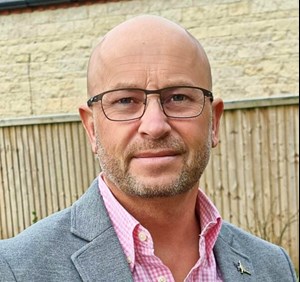 The Association of Independent Hearing Healthcare Professionals (AIHHP) has launched a campaign to help people find properly trained clinicians to remove wax. But the AIHHP's proposals have spurred an accelerated dialogue between UK professional bodies on the best way to ensure patient safety, prompting the British Society of Audiology (BSA) and the British Academy of Audiology (BAA) to publish a joint statement.
The Association of Independent Hearing Healthcare Professionals (AIHHP) has launched a campaign to help people find properly trained clinicians to remove wax. But the AIHHP's proposals have spurred an accelerated dialogue between UK professional bodies on the best way to ensure patient safety, prompting the British Society of Audiology (BSA) and the British Academy of Audiology (BAA) to publish a joint statement.
According to the Royal National Institute for Deaf People, every year more than two million people in England need to have ear wax removed. As they are no longer entitled to have their ears syringed on the NHS, they often turn to independent hearing healthcare professionals.
At the same time, there has been a significant rise in wax-removal services being offered by private providers, some of whom lack experience, skills and training in audiology. Such providers do not always conform to the health and safety standards patients should expect.
Through its new website, AHHIP hopes to connect people with clinicians who have received accredited training in wax removal.
AIHHP Chairman Paul Scigala (pictured) said: “Ear wax removal should be carried out by a fully trained professional, otherwise the public are putting themselves at risk of serious damage to their hearing. At AHHIP, we believe consulting an accredited ear-wax removal specialist is essential. We would urge all audiologists to support the blocked ears campaign to ensure consumers are fully informed.”
Responding to the campaign, the BSA and the BAA issued a joint statement affirming their commitment to "safe and effective wax removal services delivered by trained and competent professionals," but arguing against individual organisations seeking to create a separate register. Instead, they called for "audiology professionals from all sectors to focus on shared concerns and to collaborate on reaching a consensus on what safe and excellent ear care looks like."



